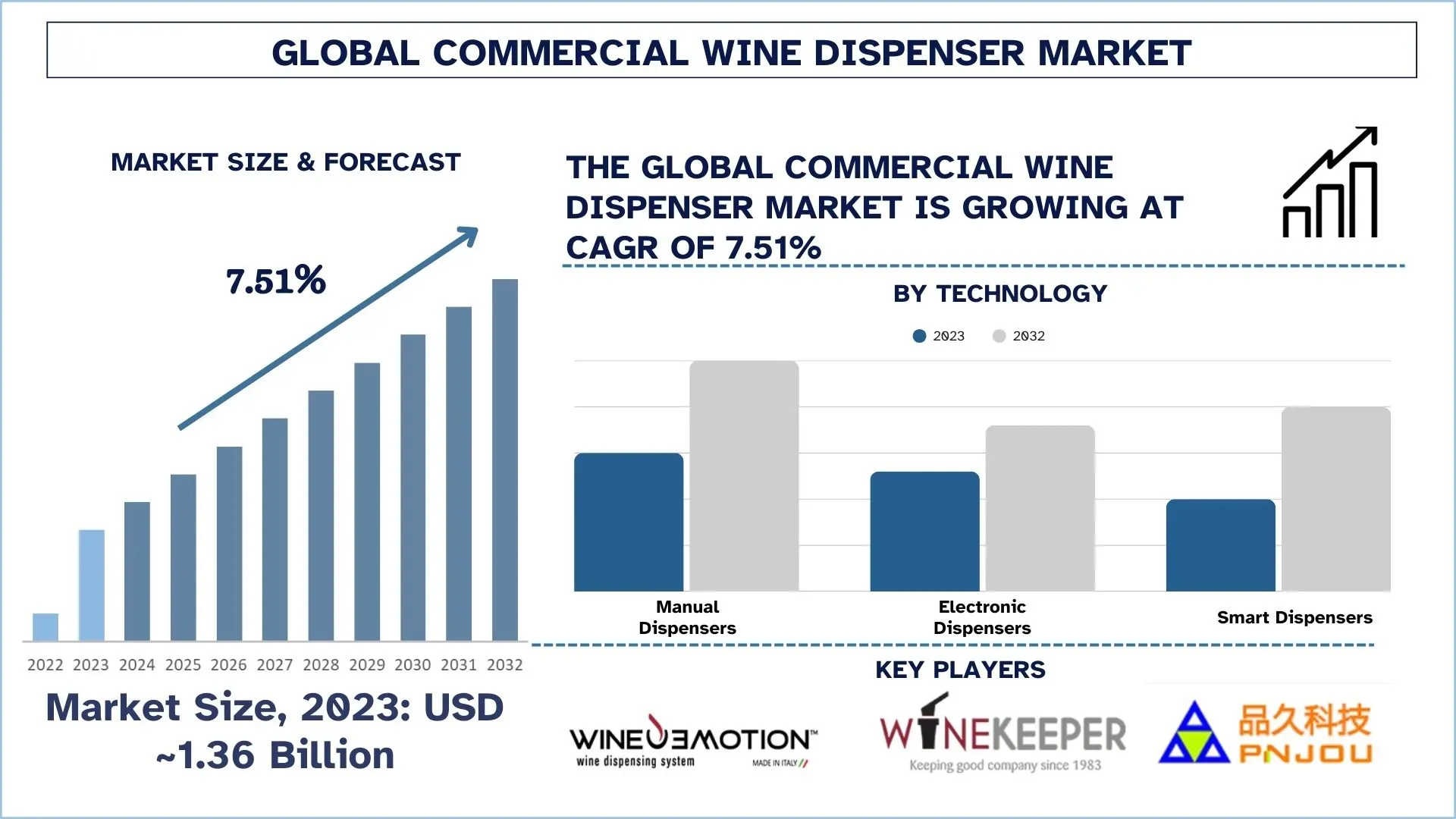An In-Depth Look at PRINCE2 Methodology: A Comprehensive Guide

Introduction
In today’s fast-paced business environment, successful project management is key to achieving organizational goals. One of the most widely recognized and implemented project management methodologies across the globe is PRINCE2 Foundation This structured methodology offers clear guidelines for project management, ensuring projects are completed on time, within budget, and according to specified requirements.
In this article, we’ll take a deep dive into PRINCE2, exploring its principles, themes, processes, and how it can help organizations streamline their project management practices.
What is PRINCE2?
PRINCE2 is a process-driven project management methodology that was developed by the UK Government's Office of Government Commerce (OGC) in the 1990s. Since then, it has been adopted globally by both public and private sector organizations. PRINCE2 provides a comprehensive and structured approach to project management, covering the entire project lifecycle from initiation to closure.
The methodology is flexible and can be tailored to meet the needs of various projects, making it suitable for projects of all sizes and complexities.
The 7 Principles of PRINCE2
PRINCE2 is based on seven key principles that guide its implementation. These principles serve as the foundation for the methodology and ensure that each project is managed effectively.
- Continued Business Justification
A project must have a clear business case and justification. This is reassessed at every stage to ensure the project remains viable and aligned with organizational goals. - Learn from Experience
Teams should learn from previous projects to improve future ones. This principle encourages organizations to document lessons learned and apply them moving forward. - Defined Roles and Responsibilities
Clearly defined roles and responsibilities ensure that everyone knows their duties and accountabilities. This creates a sense of ownership and ensures smooth project execution. - Manage by Stages
PRINCE2 divides projects into manageable stages. This allows for easier monitoring and control, as project progress is assessed at each stage. - Manage by Exception
PRINCE2 allows for effective delegation by defining tolerances for each project objective (time, cost, quality, etc.). If these tolerances are exceeded, only then does higher-level management get involved, reducing unnecessary interventions. - Focus on Products
The methodology emphasizes the need to define and deliver clear, quality products. This product-based planning helps ensure the project delivers what is expected. - Tailor to Suit the Project
PRINCE2 is flexible and can be tailored to fit the scale, complexity, and environment of the project. This adaptability allows it to be used for both small and large projects.
The 7 Themes of PRINCE2
The seven themes in PRINCE2 provide a structured framework for managing the project. They help ensure that the project's objectives are met efficiently and consistently throughout its lifecycle.
- Business Case
The business case theme defines the importance of having a clear rationale for undertaking the project, ensuring that the project delivers value to the organization. - Organization
This theme outlines the need for a clearly defined project structure, including roles such as project board members, project manager, and team members. - Quality
This theme focuses on ensuring that the project’s outputs meet agreed-upon standards and quality criteria. It includes developing quality plans and procedures. - Plans
PRINCE2 emphasizes planning for each project stage. The plan must be realistic, measurable, and flexible enough to adapt to changes. - Risk
Risk management is an essential theme in PRINCE2. Projects must identify, assess, and manage risks throughout the lifecycle to ensure smooth delivery. - Change
Projects can face changes in scope, timelines, or requirements. The change theme ensures that any changes are properly assessed, documented, and approved. - Progress
Monitoring progress is key to ensuring that a project remains on track. This theme provides the mechanisms for monitoring and controlling the project’s progress and performance.
The 7 Processes of PRINCE2
The seven processes in PRINCE2 guide the project through its lifecycle. These processes ensure that the project is properly initiated, planned, controlled, and closed.
- Starting Up a Project (SU)
This initial process involves setting up the project’s structure, defining roles, creating the business case, and preparing for the project’s initiation. - Initiating a Project (IP)
In this stage, the detailed planning for the project is done. A comprehensive project plan is created, including the scope, timelines, resources, and risk management plan. - Directing a Project (DP)
This process focuses on providing leadership and strategic direction throughout the project’s life, ensuring decisions are made at the right time and at the appropriate level. - Controlling a Stage (CS)
In this process, progress is monitored and controlled, issues are resolved, and corrective actions are taken if necessary. It ensures that the project stays on track with respect to time, cost, and quality. - Managing Product Delivery (MP)
This process focuses on the delivery of the project’s outputs, ensuring that the project team produces deliverables according to the agreed-upon specifications and quality standards. - Managing Stage Boundaries (SB)
This process focuses on reviewing the progress made at the end of each stage and ensuring that the project stays aligned with its goals. Decisions are made whether to continue, revise, or close the project. - Closing a Project (CP)
This final process involves formally closing the project, reviewing the overall performance, and capturing lessons learned to improve future projects.
Benefits of PRINCE2
Organizations that adopt PRINCE2 enjoy several key benefits:
- Improved Project Control:
With defined roles, responsibilities, and processes, PRINCE2 enhances control and monitoring at all stages of a project, allowing managers to act proactively. - Clear Focus on Deliverables:
The methodology places a strong focus on what the project is meant to deliver, ensuring alignment with business objectives. - Risk Management:
PRINCE2's structured approach to risk management helps identify and mitigate risks early, improving the likelihood of project success. - Scalability and Flexibility:
Whether managing small projects or large, complex programs, PRINCE2 can be tailored to suit the project’s needs. - Global Recognition:
As a globally recognized framework, PRINCE2 enhances an organization’s reputation and helps build a strong project management culture.
Conclusion
PRINCE2 offers a proven, structured approach to project management that helps organizations consistently deliver successful projects. By focusing on clear roles, defined processes, and continuous risk management, PRINCE2 provides a reliable framework for managing projects of all sizes and complexities. Whether you’re new to project management or looking to improve your existing practices, PRINCE2 can help your organization achieve its project goals and ensure project success.
If you're looking to further your career or advance your team’s project management capabilities, consider obtaining PRINCE2 certification to demonstrate your expertise in this highly regarded methodology.






